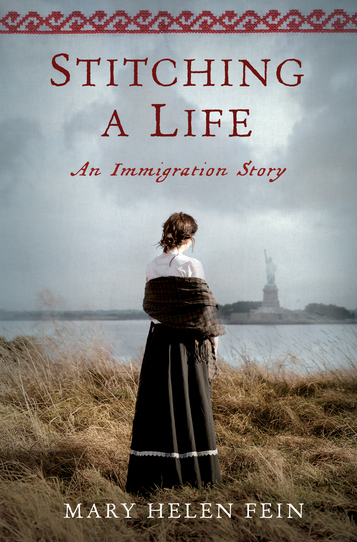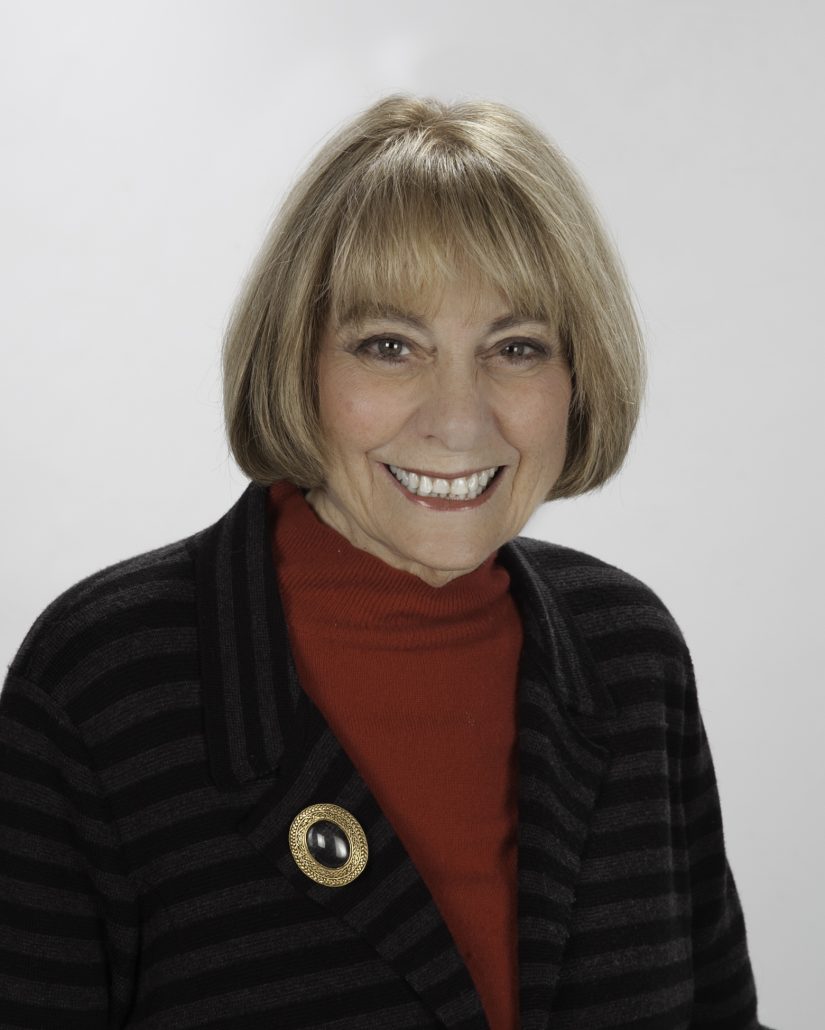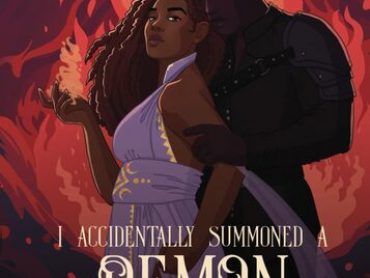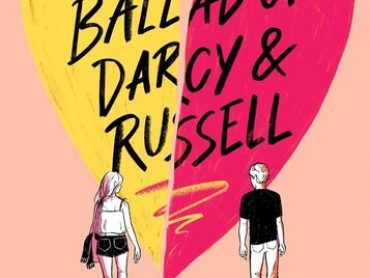Mary Helen Fein is the author of Stitching A Life. YEM did an interview with Mary a while back. Due to scheduling conflicts it was pushed back, but here it is now! Stitching A Life follows 16 year old Helen, who arrives in New York in 1900. YEM was able to speak with Mary about her writing influences, what inspired the story, and what it is like to create the character of Helen.
Young Entertainment Mag: How did you first get involved in writing?
Mary Helen Fein: I started writing when I was twelve years old. I had a very active, and intensely private diary. I kept it hidden under clothing in my bottom dresser drawer. Some entries were so private that I put them in code. Somehow I learned the PigPen Cipher, an ancient code once used by George Washington. Not that I knew that at the time! Writing was always exciting for me. Even dangerous if someone else should see what I was really thinking.
YEM: Who are your writing influences?
Mary: In college, I was an English Major, and therefore my writing is very much influenced by the classics we were required to read. My favorite writer (and artist) was William Blake, and hope I was influenced by him. I embraced his philosophy of life, and it has held up for me for a long time. Today, I love reading mysteries, and my current favorite mystery writer is Ian Hamilton.
YEM: Your newest novel is called “Stitching A Life.” What is it about?
Mary: “Stitching a Life – An Immigration Story” is about my grandmother, Helen Breakstone Fein. She grew up in Lithuania, but she was Jewish, and Lithuania was ruled by the anti-Semitic Russian Tsars. Millions of Jews came to America for a better life. In the year 1900, at the age of sixteen, Helen boarded an ocean liner, alone. She crossed the Atlantic and came through Ellis Island. She lived on the Lower East Side of Manhattan and worked in New York’s thriving garment district, saving every penny to bring over the rest of her family.
YEM: What inspired you to write this story? Where did your ideas come from?
Mary: My grandmother was wonderful to me as I was growing up. My parent’s marriage was fraught and did not last long. But Nana was always there for me, always offering a lap to sit on, something comforting to eat, her wonderful home on a leafy street, just generally shelter from the storms. My relationship with her was my inspiration. I wanted to honor her with this book. On the other hand, many ideas came from research. So much was happening in New York at the time. Teddy Roosevelt, a New Yorker, was President. Franklin and Eleanor got married, the social event of the day, P.T. Barnum marched 21 elephants across the new Brooklyn Bridge to assure everyone that it was safe. All these figures found their way into my pages, as my characters talked about what was exciting in their New World.
YEM: The story is set in New York in the year 1900. How did you create the feeling of that time period from so long ago?
Mary: I know New York, I was born there. Some things haven’t changed. But I did lots of research. I found out about the thousands of pushcarts that filled the streets of the Lower East Side. I visited the amazing Tenement Museum where I could walk into apartments exactly like all the apartments my characters would have lived in. I toured Ellis Island, where the experiences of immigrating into the United States in 1900 come alive. I walked through Lower Manhattan. I tried to imagine my grandmother’s world.
YEM: The main character, Helen, is sixteen years old and has already entered the workforce. What was it like to create a character that was so mature for her age?
Mary: I had no doubt that once she made up her mind, Helen could accomplish anything. It was true of the real Helen. I knew it had to be true of sixteen-year-old Helen. Her maturity was fueled by her love of, and her fear for her the rest of her family, still in Lithuania, still terribly vulnerable to increasing violence and hatred. They were relying on Helen to save them. There was no way she could let them down.
YEM: Helen is your middle name! So does that mean that there are elements of yourself in her character?
Mary: Of course! I am named for my two grandmothers, so Helen is actually part of my first name. I always ask people to call me MaryHelen. I don’t want that shortened. Helen is my main character, and I wonder if any writer can create a main character without elements of themself. As an author imagines what goes on a character’s mind, the only equipment they have for this activity is their own mind. Helen’s thinking patterns are no doubt my thinking patterns. Her values, my values. Her feelings my feelings. Her enthusiasm for life, the same as my own.
YEM: What do you hope readers take away from reading this novel?
Mary: I hope they will see that human beings from 1900 are not very different from us. I hope my readers will see that immigration is often a matter of life and death—giving up your home and crossing an ocean is not done lightly. Think of it as not that different from getting from getting on a spaceship to Mars today. You will never again see the people you leave behind. Everything will be different in the new place: climate, landscape, culture, language, food, customs, values, habits. I hope my readers will have more compassion for immigrants today, because almost all of us in the United States come from immigrants. Brave and hopeful. Determined to find freedom and a good life.





